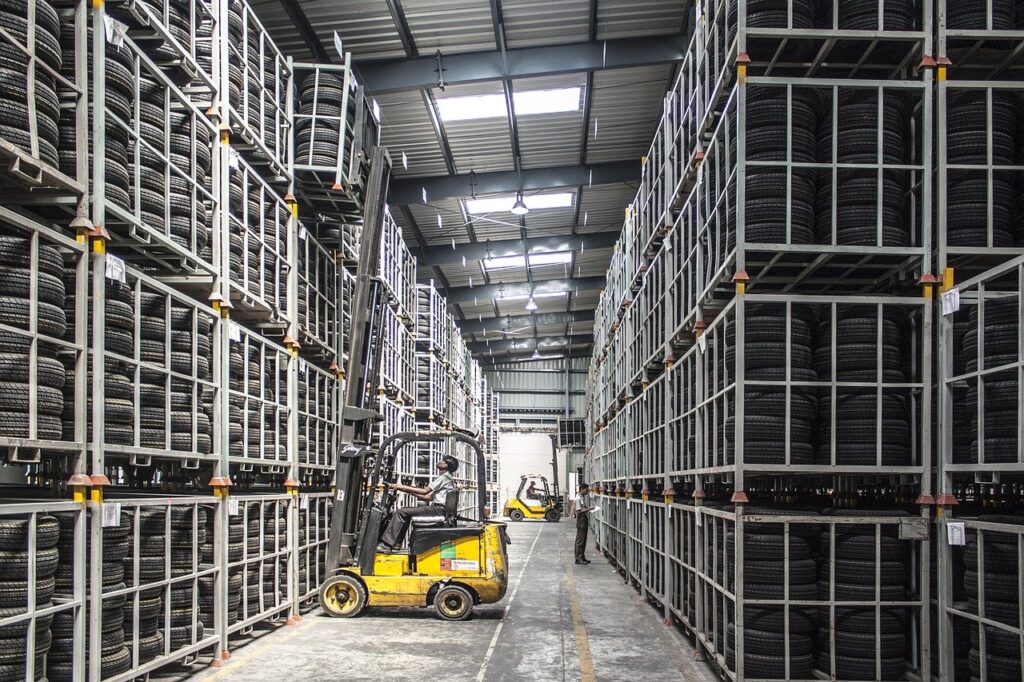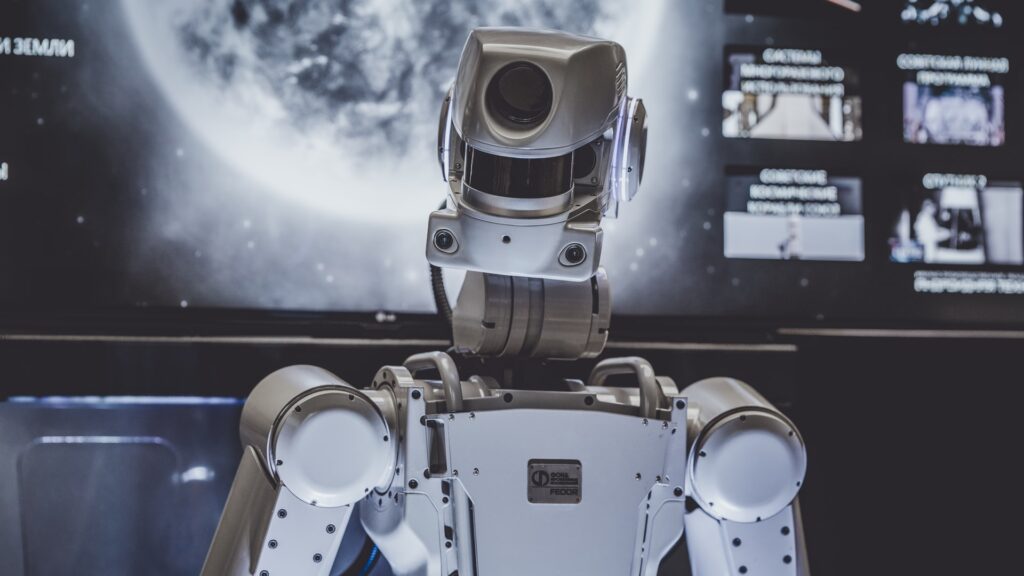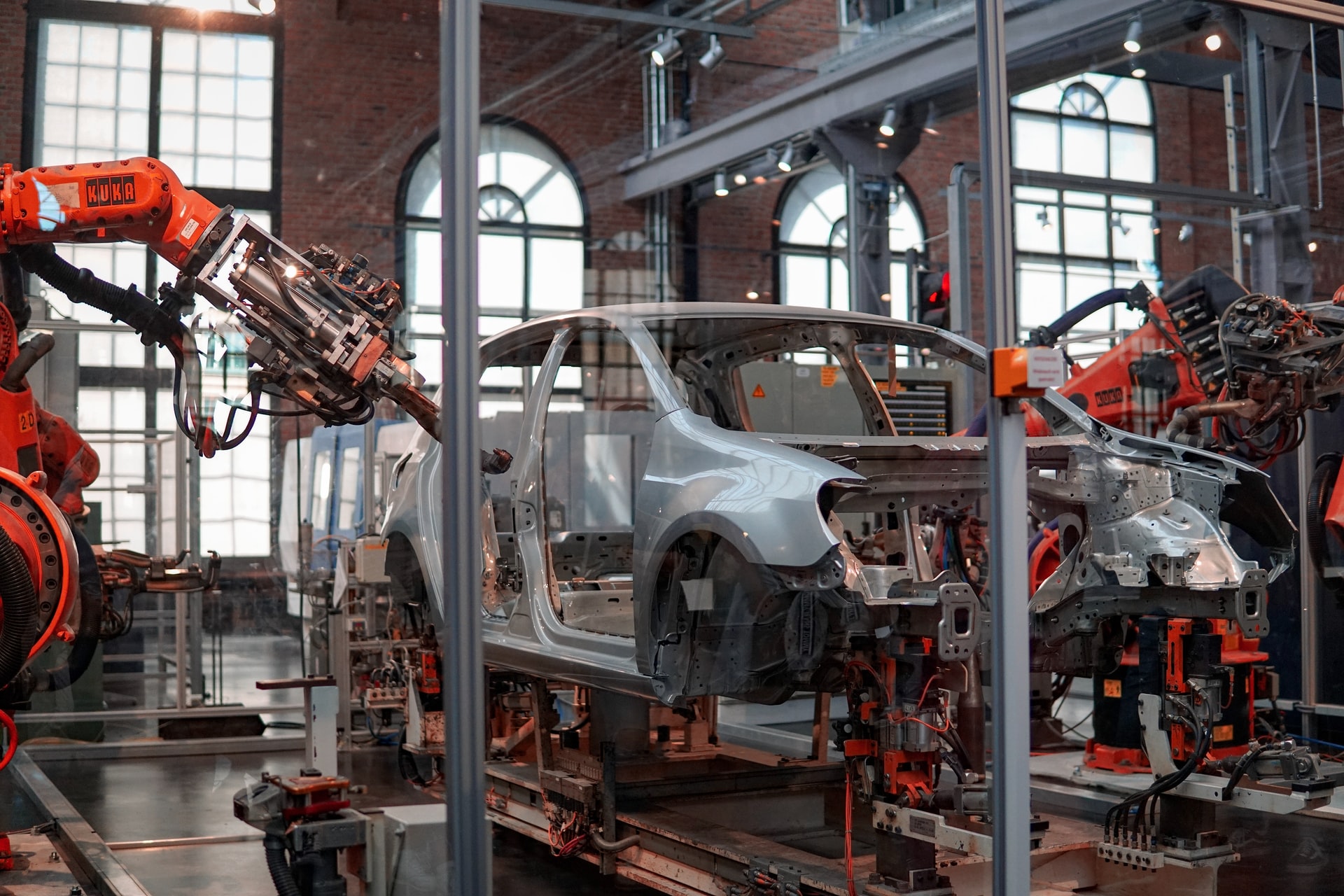What is Manufacturing Engineering
Manufacturing engineering is the branch of engineering that is concerned with understanding, analyzing and improving complex industrial, manufacturing and infrastructure systems. It focuses on finding and using the equipment needed to turn raw materials into a finished product in the most efficient way possible.
Manufacturing engineers focus on the design and operation of integrated systems for the production of high-quality, economically competitive products. These systems may include machine tools, computer networks, robots, and materials-handling equipment. Manufacturing engineers develop and create physical artifacts, production processes, and technology. It is a very broad area which includes the design and development of products. Manufacturing engineering is considered to be a sub-discipline of industrial engineering/systems engineering and has very strong overlaps with mechanical engineering. Manufacturing engineers’ success or failure directly impacts the advancement of technology and the spread of innovation.

A bachelor’s degree in engineering may be enough to gain entry-level employment as a manufacturing engineer. However, according to the BLS, a graduate degree is essential for engineers who would like to teach, conduct research, or obtain high-level, managerial positions. Obtaining a master’s degree can also help manufacturing engineers learn about new technologies and theories.
History of Manufacturing Engineering
The history of manufacturing engineering can be traced to factories in the mid 19th century USA and 18th century UK. Although large home production sites and workshops were established in China, ancient Rome and the Middle East, the Venice Arsenal provides one of the first examples of a factory in the modern sense of the word. Founded in 1104 in the Republic of Venice several hundred years before the Industrial Revolution, this factory mass-produced ships on assembly lines using manufactured parts. The Venice Arsenal apparently produced nearly one ship every day and, at its height, employed 16,000 people.
Many historians regard Matthew Boulton’s Soho Manufactory (established in 1761 in Birmingham) as the first modern factory. Similar claims can be made for John Lombe’s silk mill in Derby (1721), or Richard Arkwright’s Cromford Mill (1771). The Cromford Mill was purpose-built to accommodate the equipment it held and to take the material through the various manufacturing processes.
One historian, Jack Weatherford, contends that the first factory was in Potosí. The Potosi factory took advantage of the abundant silver that was mined nearby and processed silver ingot slugs into coins.
British colonies in the 19th century built factories simply as buildings where a large number of workers gathered to perform hand labor, usually in textile production. This proved more efficient for the administration and distribution of materials to individual workers than earlier methods of manufacturing, such as cottage industries or the putting-out system.
Cotton mills used inventions such as the steam engine and the power loom to pioneer the industrial factories of the 19th century, where precision machine tools and replaceable parts allowed greater efficiency and less waste. This experience formed the basis for the later studies of manufacturing engineering. Between 1820 and 1850, non-mechanized factories supplanted traditional artisan shops as the predominant form of manufacturing institution.
Henry Ford further revolutionized the factory concept and thus manufacturing engineering in the early 20th century with the innovation of mass production. Highly specialized workers situated alongside a series of rolling ramps would build up a product such as (in Ford’s case) an automobile. This concept dramatically decreased production costs for virtually all manufactured goods and brought about the age of consumerism.
Manufacturing Engineering Education
A bachelor’s degree program in manufacturing engineering covers the entirety of the manufacturing process from initial design through product servicing. Program content considers production planning, cost estimating, factory layout, systems integration and workflow, properties of materials, management quality, and manufacturing technologies.
Courses in english composition, communications, the arts, humanities, and social sciences make up the liberal arts component of a bachelor’s degree program. Manufacturing engineering programs require preparatory courses in physics, chemistry, electronics, and technical math, in addition to the following:
- Computer-aided manufacturing
- Industrial robotics
- Materials engineering introduction
- Operations management
- Process engineering fundamentals
- Tool design

A graduate-level degree program in manufacturing engineering synthesizes concepts from computer science, materials science, and engineering to examine current methods of production and explore ways of improving manufacturing efficiency.
Manufacturing engineering programs are divided into core courses addressing fundamental topics in manufacturing engineering and electives that engage the disciplines it incorporates. Some programs include a thesis or final project requirement; others substitute a heavier course load.
A doctoral degree program in manufacturing engineering is heavily oriented toward original research into the analysis, design, and operation of integrated manufacturing systems. Research topics include metrology, health systems, systems improvement, ergonomics, and human factors and the fundamental science underlying manufacturing processes.
Some doctoral programs forgo courses entirely in favor of dissertation research. However, programs more commonly concentrate courses in the first two years and reserve the latter years for work on a dissertation.
Manufacturing Engineering Careers
Jobs
Graduates of a master’s degree program in manufacturing engineering are qualified for managerial and supervisory positions in the field of manufacturing and industrial engineering. They may also become consultants or government safety inspectors. The U.S. Bureau of Labor Statistics projected an 8% growth in total employment of industrial engineers from 2018 to 2028. Growth will be driven by a standing business incentive to reduce costs and increase productivity.
A manufacturing engineer can work in an office, factory, plant, laboratory, construction site, or an oil/gas production site. Manufacturing engineers work the standard 40 hour work week with overtime occurring occasionally. Standard benefits packages, such as medical, dental, vision, sick leave, paid vacation, 401K and pensions plans, are the norm for the field. Frequent travel is also part of the job. A manufacturing engineer may be required to travel abroad to perform their duties.

Salaries
An entry-level manufacturing engineer with less than 1 year experience can expect to earn an average total compensation (includes tips, bonus, and overtime pay) of $61,531. An early career manufacturing engineer with 1-4 years of experience earns an average total compensation of $66,685. A mid-career manufacturing engineer with 5-9 years of experience earns an average total compensation of $75,052. An experienced manufacturing engineer with 10-19 years of experience earns an average total compensation of $80,020. In their late career (20 years and higher), employees earn an average total compensation of $83,731.
The top respondents for the job title manufacturing engineer are from the companies Northrop Grumman Corporation, Lockheed Martin Corp and The Boeing Company. Reported salaries are highest at Spacex where the average pay is $81,986. Other companies that offer high salaries for this role include Medtronic, Inc. and General Electric Co (GE), earning around $77,785 and $76,581, respectively. Lockheed Martin Corp pays the lowest at around $64,315. Northrop Grumman Corporation and The Boeing Company also pay on the lower end of the scale, paying $76,320 and $76,328, respectively.
What Do Manufacturing Engineers Do?
A manufacturing engineer’s responsibilities include identifying areas for improvement, maintaining high levels of manufacturing and product quality, designing new products and processes, as well as ensuring cost-efficiency and conformance with regulatory standards.
Responsibilities
Some job responsibilities of a manufacturing engineer include:
- Completes design and development projects by training and guiding technicians
- Contributes to team effort by accomplishing related results as needed
- Keeps equipment operational by coordinating maintenance and repair services; following manufacturer’s instructions and established procedures; requesting special service
- Maintains product and company reputation by complying with government regulations
- Maintains product and process data base by writing computer programs; entering data
- Maintains professional and technical knowledge by attending educational workshops; reviewing professional publications; establishing personal networks; participating in professional societies
- Prepares product and process reports by collecting, analyzing, and summarizing information and trends
- Provides manufacturing engineering information by answering questions and requests.

Skills
As a manufacturing engineer you will be implementing manufacturing processes that result in high-quality products. You need to have good knowledge of tool design and fabrication methods. Other necessary manufacturing engineer skills include project management ability, commitment to quality, and familiarity with safety and environmental standards. Being inventive and meticulous are adjectives that have been used by employers as being attractive traits of possible employees.
Ultimately, you’ll be the one to ensure production lines work efficiently and effectively to satisfy customers. Here are some skills that you should possess to be successful in a manufacturing engineer role:
- Commitment to health and safety standards and environmental regulations
- Familiarity with manufacturing equipment and quality assurance techniques
- Knowledge of manufacturing processes, fabrication methods and tool design
- Problem-solving ability
- Project management skills
- Teamwork skills
- Well-versed in relevant software (e.g. CAD, MS Office)
Future of Manufacturing Engineering
Manufacturing is a hot topic again, undergoing the industry’s greatest change in more than 100 years. Domestic jobs have evaporated from many countries with globalization, offshoring may be reverting to near shoring and automation threatens to replace more workers every day. The way we build and deliver the goods and products that fuel our economies and our lives will never be the same.
As Professor Klaus Schwab has articulated in his book, The Fourth Industrial Revolution, we are in the middle of another industrial revolution, our fourth. The first industrial revolution occurred in the late 1700s (factories), the second during the early 20th century (automobiles) and the third after World War II (computers). As a result of these revolutions, products are manufactured faster and with higher consistency, and the products we are able to develop are increasingly complex and have greater value to consumers.
The industrial revolution we’re experiencing now, commonly referred to as Industry 4.0, is powered by advancements that include smart manufacturing, robotics, artificial intelligence and the Internet of Things (IoT). In addition to prompting manufacturers to invest $267 billion in the IoT by 2020, Industry 4.0 is revolutionizing manufacturing along five dimensions:
- Seeing Around Corners – In 360°
- Viewing The Fourth Wave – In 3D
- Advanced Manufacturing – On Autopilot
- Building Intelligent Factories – In The Cloud
- Robots On The Rise – Managed By Humans

Increased efficiency could spell a bright future for manufacturing. A shift to smart manufacturing will save our corporations money and translate into greater profits, more jobs and healthier economies. As our machines move into a more complex age, so do our workers and products, symbiotically ushering in a new era of production.
If you have anything to add, please feel free to leave a comment down below, and sign up to our newsletter for more of the same content!


